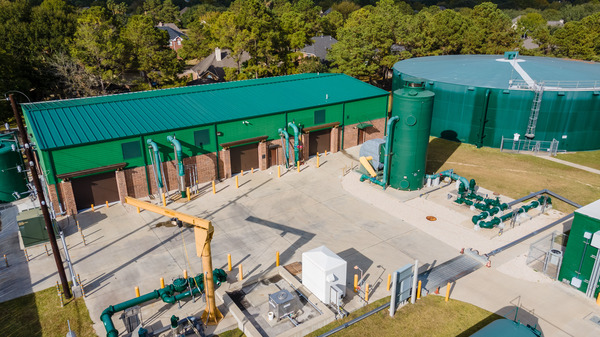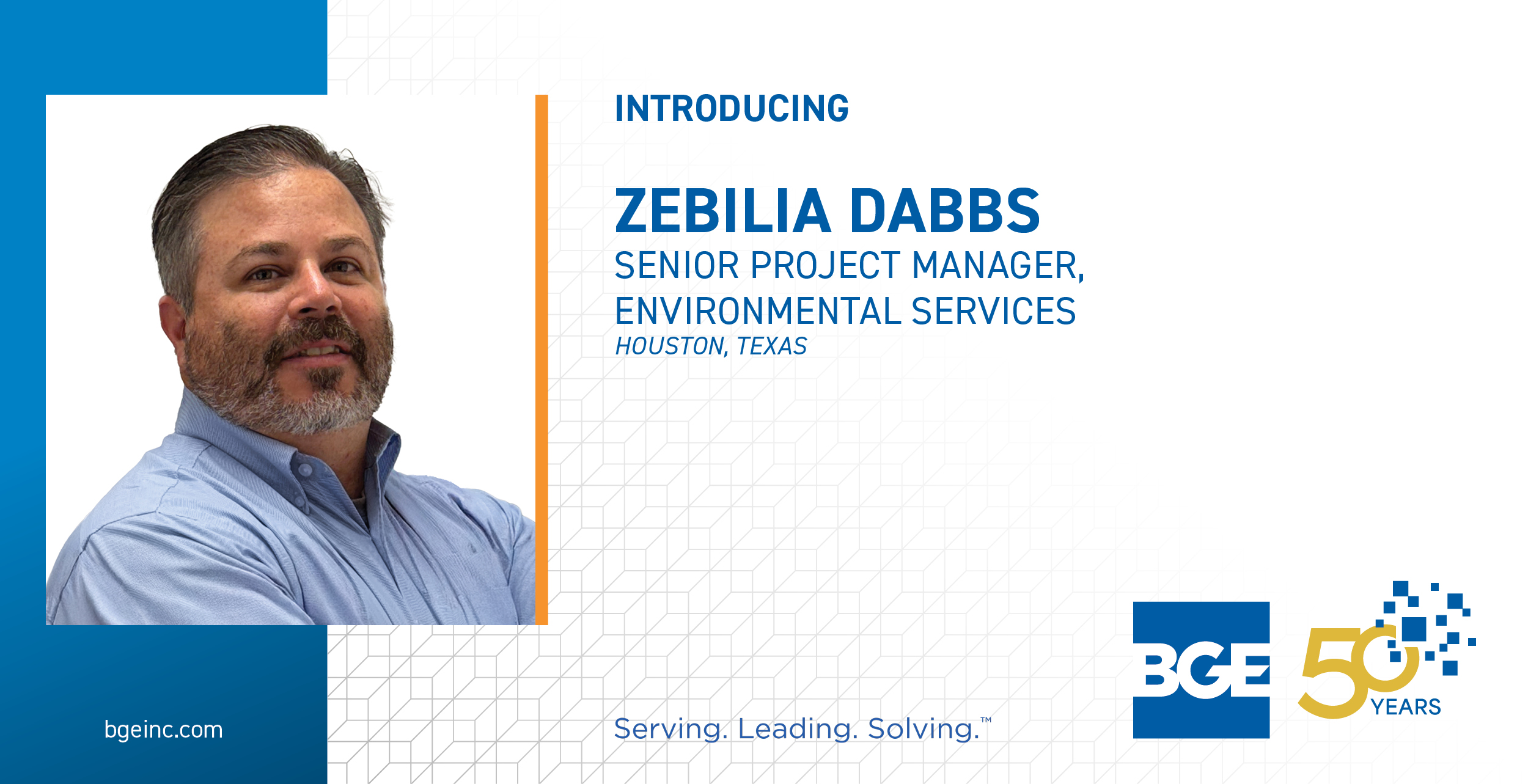Do you know what’s in your drinking water?
Even if you know the answer to the question – or, more likely, if you review the annual report each water utility sends out to residents, the items reported on that list could grow. That’s because the Environmental Protection Agency (EPA) recently published proposed regulations that will cause most utilities to test for, and potentially treat for, additional contaminants called PFAS (per- and polyfluoroalkyl substances).
PFAS are a group of thousands of chemicals that have been used widely in foam to fight fires, repel stains and for non-stick or waterproof purposes. Many people may be familiar with Teflon pans – Teflon (or polytetrafluoroethylene) was the first PFAS compound discovered and was introduced into the marketplace in the 1940s. Teflon was praised as a “miracle” for it’s non-stick, flame-resistant, and heat-tolerant properties.
Unfortunately, those same properties are why PFAS have a nickname as the ‘forever chemicals’. They are very stable – in other words, they don’t break down easily and can stay around in the environment for a very long time. Research has shown that PFAS may cause a number of adverse health effects, including impacts to the liver, cholesterol levels, birth weight, high blood pressure and increased risk of kidney or testicular cancer.
In the recently proposed regulations, the EPA has identified limits for six PFAS that water utilities must test for, and if necessary, remove from their water supply. For two of the six PFAS, the EPA has proposed a maximum containment level (MCL) of four parts per trillion (yes, 4ppt…trillion). How small is one part per trillion? Consider one trillion seconds ago, it was the year 29,700 B.C.
Currently, labs can only detect these PFAS compounds at a level of 4 ppt, so effectively, if these PFAS are detected in the water, they will need to be removed from the water with a treatment plan.
In addition to the six PFAS with proposed regulations, the EPA is considering regulations for the PFAS chemical group as a whole and a sampling program is currently underway to test for 29 different PFAS compounds in selected water utilities across the country to help the EPA in their decision-making process.

So, in other words, EPA simultaneously is identifying, defining and scoping out the scale of the problem while also researching and considering treatment options for the problem that isn’t fully understood yet. Sounds simple, eh?
That’s where BGE can help. We have worked with many water utilities over the years on a variety of projects, from determining water treatment needs to design and construction. Working with water utilities is an area of specialty within our Public Works department.
BGE is staying informed on the latest regulatory developments. We are an educational resource for our clients on this issue, which continues to evolve and take shape. We are diligently working to understand the impact of PFAS on different water resources and considering treatment options. We are working with clients and water utility operators to evaluate the data in the water samples they collect to understand what actions they may need to take.

By EPA’s estimation, roughly 66,000 utilities will be subject to the rule. Of these, EPA estimates that 3,400 – 6,300 utilities will discover one or more PFAS that exceed the MCL, meaning they will need to install a plan to treat the water and remove the PFAS.
Treatment options will vary depending on what contaminant(s) are found, and at what levels, in the water samples. Treatment options also may vary depending upon what else may be present in a water source. We are prepared to help our clients and others through every step of this process.




